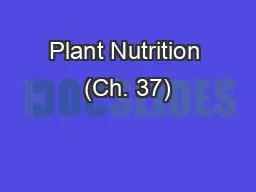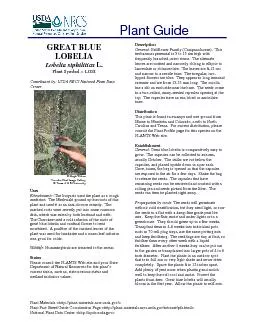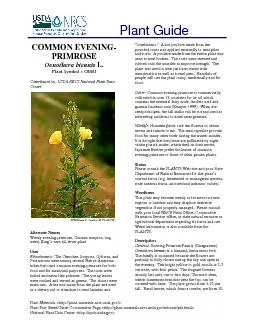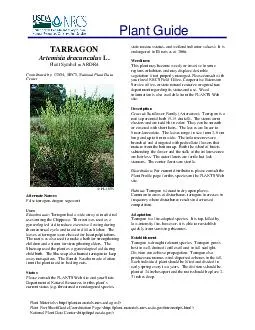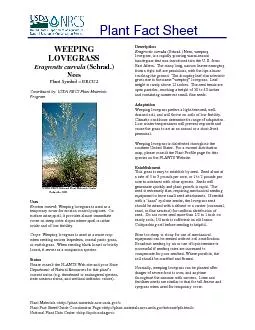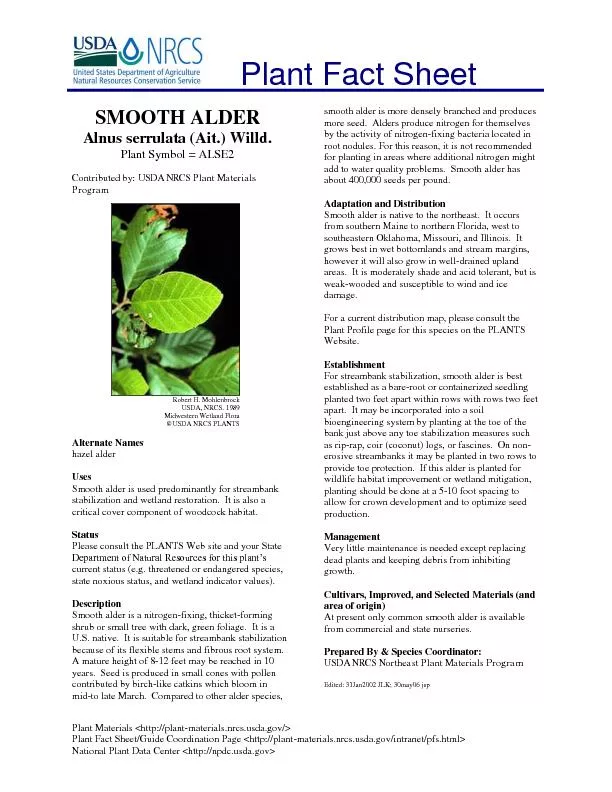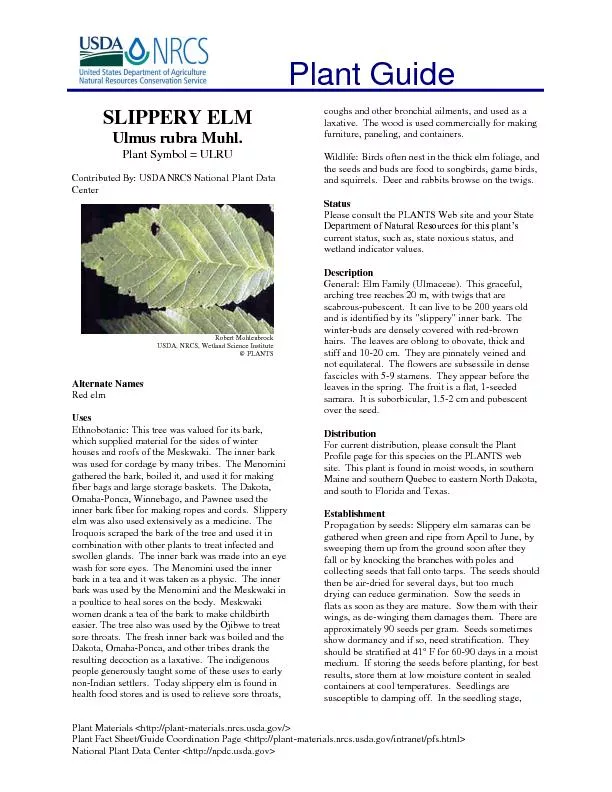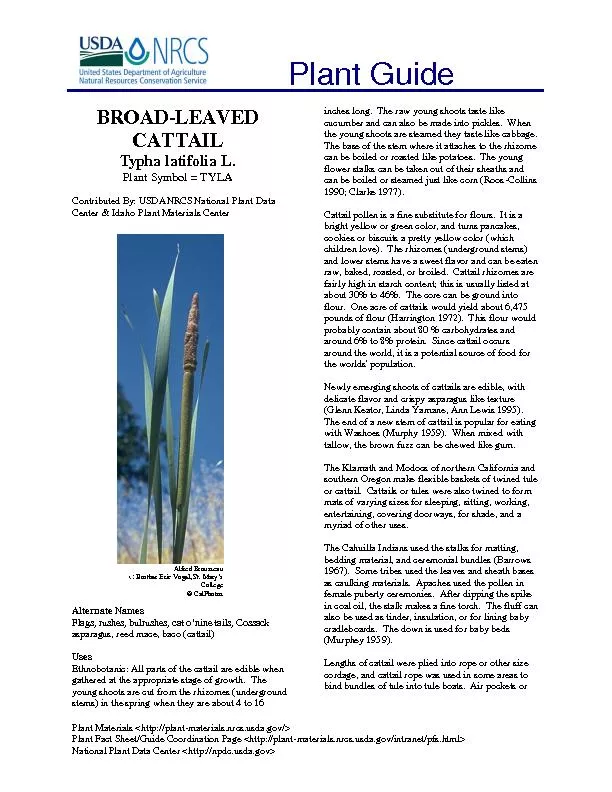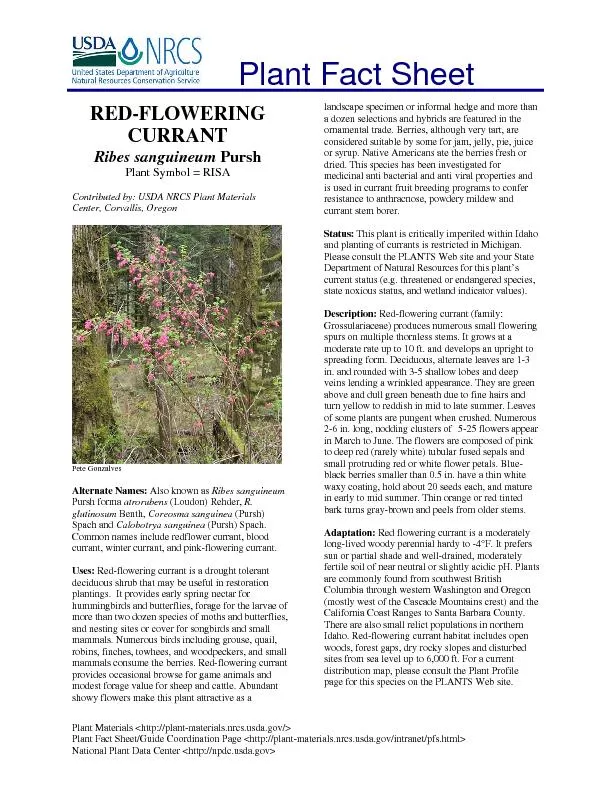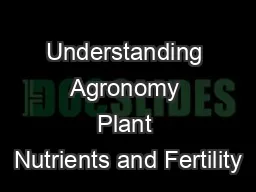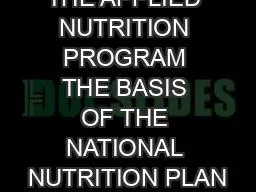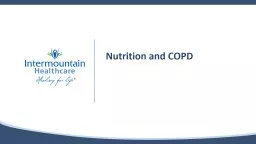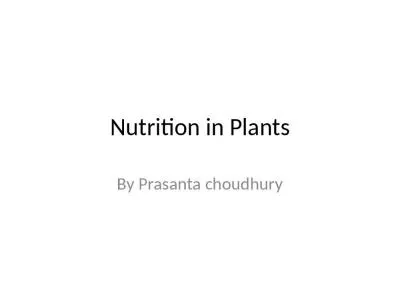PPT-Plant Nutrition (Ch. 37)
Author : genesantander | Published Date : 2020-06-24
Physiological adaptation Dogs pee on treesWhy dont trees pee on dogs NH 3 animal waste plant nutrient Nutritional needs Autotrophic does not mean autonomous plants
Presentation Embed Code
Download Presentation
Download Presentation The PPT/PDF document "Plant Nutrition (Ch. 37)" is the property of its rightful owner. Permission is granted to download and print the materials on this website for personal, non-commercial use only, and to display it on your personal computer provided you do not modify the materials and that you retain all copyright notices contained in the materials. By downloading content from our website, you accept the terms of this agreement.
Plant Nutrition (Ch. 37): Transcript
Download Rules Of Document
"Plant Nutrition (Ch. 37)"The content belongs to its owner. You may download and print it for personal use, without modification, and keep all copyright notices. By downloading, you agree to these terms.
Related Documents

